More Than One Pathway to Energy Resilience
NREL Can Help Diverse Energy Systems Survive the Next Disaster
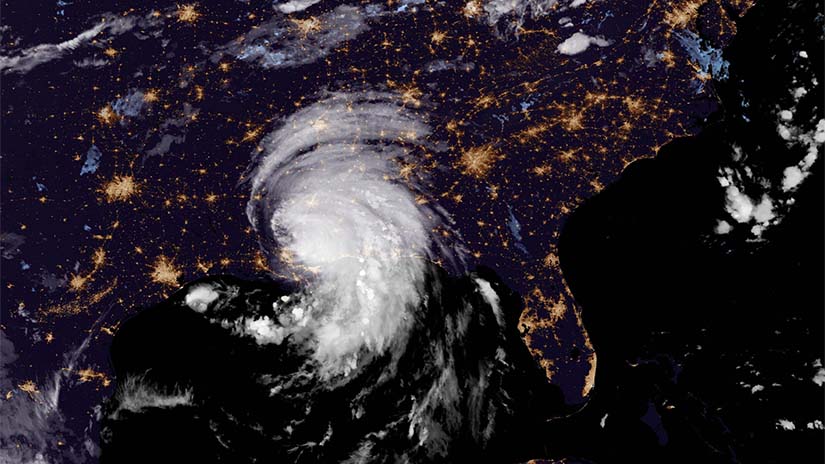
Destructive storms are the new normal, often leaving large numbers of residents in impacted areas without power for many weeks after. Increasingly strong hurricanes and other natural disasters now have communities wondering how best to prepare for or rebuild after a disaster. What steps can local leaders take to protect their energy systems and restore power quickly?
The National Renewable Energy Laboratory (NREL) has supported communities with rebuilding and recovery of energy systems for over a decade, assisting before and after disasters, while discovering firsthand how communities can invest in effective, affordable resilience. With the right tools and investments, communities anywhere can be better equipped for the next storm.
Case Studies in Disaster Recovery To Rebuild Stronger
The surest finding from NREL's disaster recovery work is that no two communities are the same. For example, Galena, Alaska, and the U.S. Virgin Islands could not be more geographically different, but both have endured grid-toppling events. Galena is a 500-person town on the Yukon River that was submerged by a spring ice jam, while the U.S. Virgin Islands are a 100,000-person Caribbean territory that was slammed by Hurricanes Irma and Maria. Nearly their only qualities in common were extremely high energy prices and the absolute wreckage of their energy systems. The disaster recoveries that followed in both locations now provide crucial examples for energy resilience.
Galena residents were familiar with spring flooding and had already relocated many critical facilities to higher ground. Community members had been planning renewable energy investments for years, which the 2013 flood expedited. With funding from the Federal Energy Management Agency (FEMA), Galena enlisted NREL to identify clean and resilient strategies that included energy efficiency measures, renewable energy projects, and building-envelope improvements. The recommended investments were anticipated to pay off in under five years, and Galena has reduced its energy costs by 8 cents/kilowatt-hour. Galena is a model for other remote, smaller-scale communities, and FEMA now uses Galena's recovery as an educational resource.
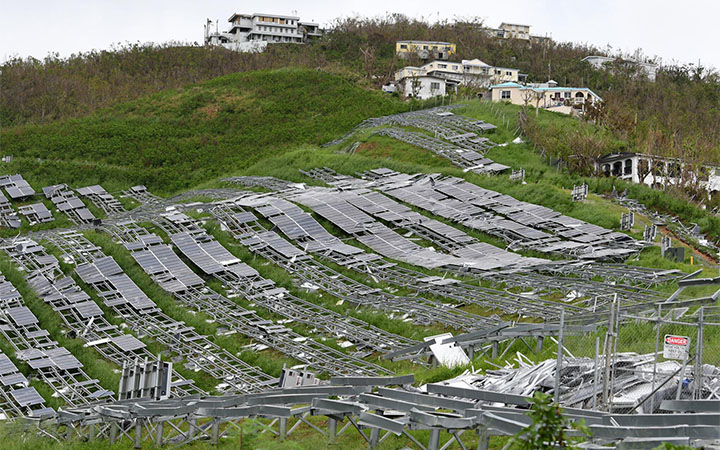
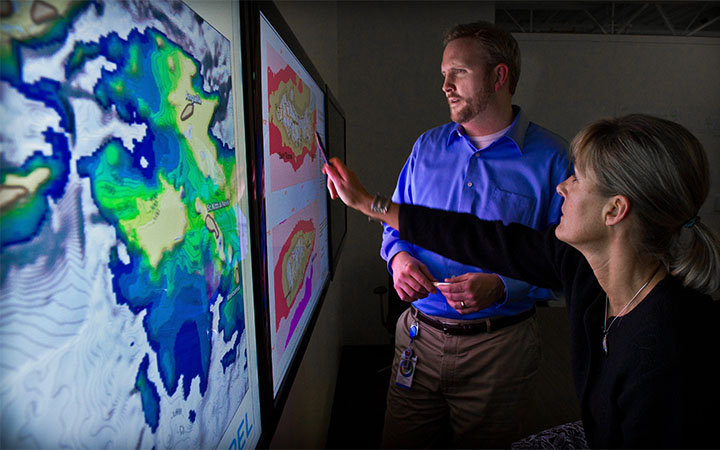
Lessons learned from hurricane damage on the U.S. Virgin Islands informed storm-hardening practices for solar PV arrays. At right, Below, NREL's Adam Warren and Karen Petersen study wind speeds around the islands. Photos by Jocelyn Augustino, FEMA (left), and Dennis Schroeder, NREL
In the weeks following Hurricanes Irma and Maria an NREL team visited the Virgin Islands to observe the grid damages: smashed and buckled solar panels and power lines toppled by winds. NREL worked with the islands' utility and FEMA to review standards and codes, interconnection, and system restoration needs. Unlike Galena, the Virgin Islands restored centralized generation and installed an undersea transmission line. Recommendations were provided for holistic hardening and resilience solutions.
The NREL team then applied their Virgin Islands experience to neighboring Puerto Rico, providing input on distributed energy resource integration, interconnection requirements for solar and storage devices, and a checklist for storm-hardening solar photovoltaics. Also available in Spanish, the checklists are an accessible resource for homeowners and system operators in any community facing tropical storms.
Informative as these recovery situations are, it is painful to continue learning from loss. To help others identify their own risks and resilience options, NREL has used disaster recovery experiences from these and other recovery efforts in New Orleans, New York and New Jersey, Greensburg, Kansas, and more, to create analysis tools that capture the many requirements for energy resilience.
Billion-Dollar Disasters by the Numbers (1980–2022)
*Source: NOAA National Centers for Environmental Information (NCEI) U.S. Billion-Dollar
Weather and Climate Disasters (2022).
https://www.ncei.noaa.gov/access/billions/, DOI: 10.25921/stkw-7w73
Place-Based Solutions Address Local Hazards
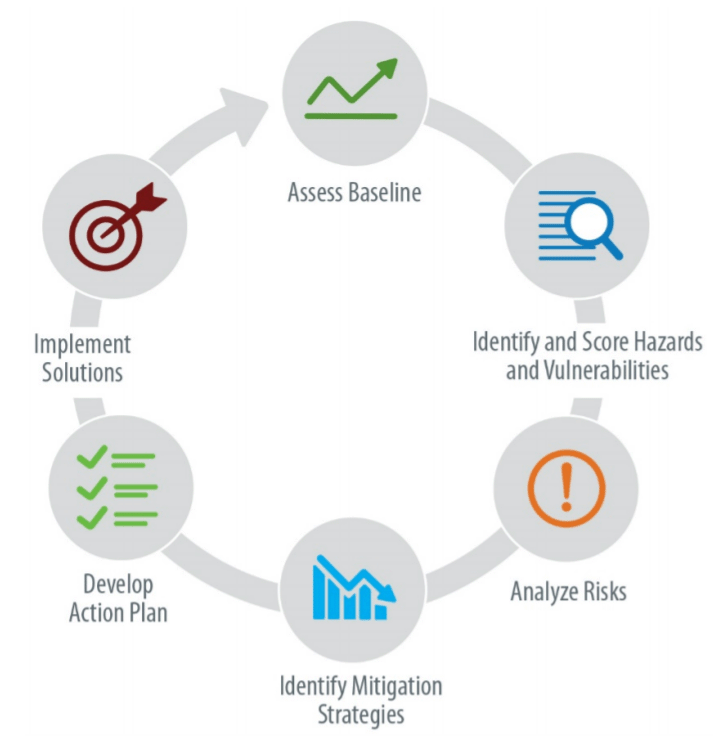
Leveraging NREL's disaster recovery work over the past decade, researchers created a replicable resilience methodology for resilience planning. The methodology integrates site data—like local climate conditions, infrastructure, emergency plans, and many other parameters—with probabilistic forecasts of hazards, both natural (such as extreme weather), and non-natural (such as cyberattacks and civil unrest). The analysis and data mapping tools help local energy planners prioritize mitigation actions based on cost, difficulty, and risk reduction, resulting in implementable place-based solutions.
"We found that the methodology identified most hazards and vulnerabilities, which the hurricane allowed us to fine-tune even further,” said Eliza Hotchkiss, principal investigator of the study. "This methodology has become a jumping-off point for our resilience assessments and is part of a larger group of tools that NREL can help partners apply.”
The methodology relies on significant amounts of site data—the more the better—and for users who might not know their flood risk or electric system architecture, NREL can help fill in the gaps. And for a maximally rigorous analysis, NREL is now innovating ways to calculate the costs and benefits of resilience investments—including the potential cost of inaction.
"How do you calculate something that hasn't happened yet and that you can't measure directly?” Hotchkiss asked. "Resilience involves different metrics, with no single metric that can be applied broadly.”
Even once risks and investments have been accounted for, enacting resilience still requires policies and agreements, stakeholder approval, and community engagement.
Valuing Resilience: Calculating the Incalculable
NREL anticipates that valuing resilience will soon become a common factor in energy investments, allowing resilience to be monetized and incentivized. With so many metrics to choose from, resilience can be hard to quantify: Is a site interested in hours of customer outage? Loss of utility revenue? Critical services without power? Such calculations are complicated by the nature of hazards, which can be low-frequency high-impact, or high-frequency low-impact events.
NREL's Customer Damage Function calculator helps quantify the impact of an outage and justify investments in resilient solutions.
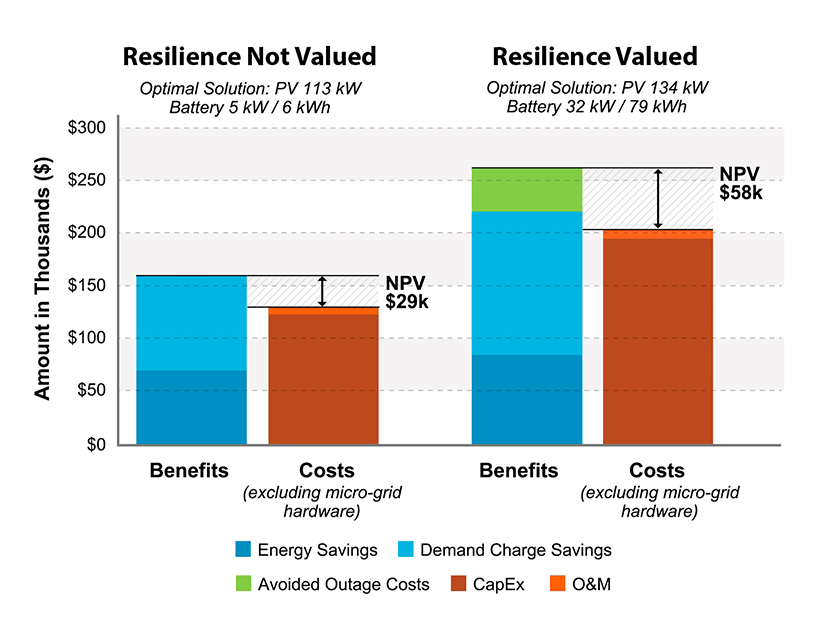
A chart from an NREL journal article shows how resilience valuation could affect the net present value (NPV) of renewable energy investments.
Resilience Planning With Community Participation
To appreciate the importance of stakeholder participation, look no further than Puerto Rico, where the 3.1 million-person island is now overhauling its energy system. With a multibillion-dollar FEMA commitment, Puerto Rico now has the opportunity to invest in an energy system that is clean, resilient, and designed with rigorous scientific analysis and input from residents. NREL is leading the effort to engage stakeholders and incorporate their input into the multiyear, multi-lab Puerto Rico Grid Resilience and Transitions to 100% Renewable Energy (PR100) study. NREL Research Analyst Robin Burton is co-leading the study, including coordination of an advisory group.
"This is probably the largest, most integrated look at resilience and renewable energy for the national laboratories," Burton explained. "We are leading an advisory group of 85 members, representing more than 50 organizations, with participation from community leaders, environmental groups, the solar and storage industries, and more."
With support from local project partner Hispanic Federation in Puerto Rico, Burton convenes regular meetings of the advisory group and the research team to gather feedback and share resources to ensure the study and broader portfolio of support reflect local perspectives and priorities. They have discussed land use, and definitions of resilience, as well as project outputs that would deliver the greatest service to local decision-makers. Together they are developing viable investment scenarios for grid recovery and resilience that transition toward the Puerto Rico legislature's goal of 100% renewable energy by 2050.
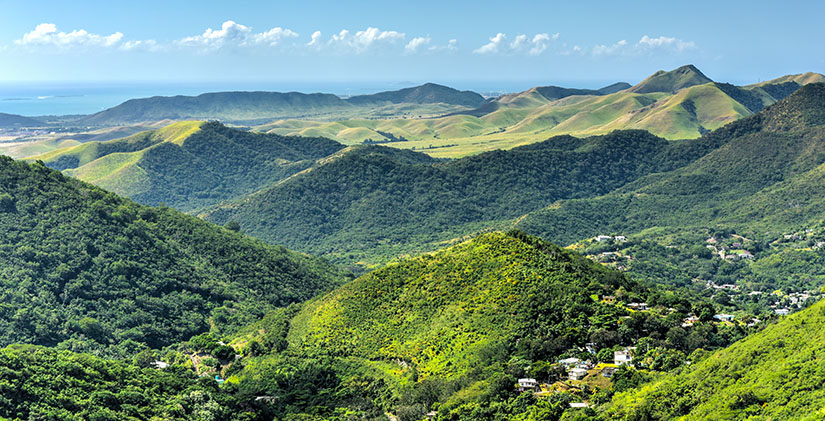
"Puerto Rico is unique because of the widespread and long-lasting impact of the 2017 hurricanes, compounded by earthquakes in 2020 and ongoing power system disruptions. Stakeholders across sectors and communities are really motivated to solve their longstanding energy issues,” Burton said. "I see this effort as the catalyst to take a more holistic, all-hazards approach to energy system planning and bring resilience factors like community engagement further into the mainstream.”
NREL has made its grid planning resources more accessible to Puerto Rico, including cost estimators for renewable energy, decision support tools for capacity expansion, and implementation of renewable energy technologies. All of these resources are freely available for decision-makers looking to fill the gaps for their own resilience planning. Coordinating a recovery effort like Puerto Rico's is a major undertaking, but NREL has already done much of the groundwork for this holistic cooperation.
Lab Innovations to Real-World Implementation
As resilience now pervades every step of energy system planning, it is also a high priority in research throughout NREL. "A clean economic energy future is not possible without designing for security and resilience, given the range of potential disruptions from natural and human sources,” said John Barnett, director of NREL's Energy Security and Resilience Center. The center’s innovations in energy system cybersecurity and resilience have directly supported the Department of Energy's disaster recovery and preparedness work.
Resilience is also embedded in NREL's power systems research and development portfolio. With its integrated high-power research platform, ARIES (Advanced Research on Integrated Energy Systems), NREL has been demonstrating resilient grid architectures. When the NREL campus experienced a surprise outage of its own, researchers responded with an innovative microgrid design that can simplify power recovery in remote and under-resourced communities. For larger-scale system resilience, NREL is leading the Autonomous Energy Systems research portfolio—a suite of controls that enable dynamic reconfiguration of the grid into distributed microgrids.
As observed in the destruction of solar photovoltaic systems in the Caribbean after Hurricanes Irma and Maria, standards and codes are highly important for resilience. NREL is central to many grid standardization efforts that include microgrids, cybersecurity, and device. The same is true for efficiency in buildings, which plays an often-overlooked part in recovery by providing low-energy-usage facilities and shelters.
Get in Touch
NREL has expertise related to recovery and resilience. The tools described in this article offer a snapshot of resources available to communities in different stages of the resilience planning or recovery process. When a disaster does strike, NREL can help navigate the path forward for a more resilient, clean energy system.
To learn more about NREL's work, visit our energy security and resilience website or contact Senior Resilience Analyst Eliza Hotchkiss at [email protected].
This article has been updated to reflect editorial changes made after its original publication.
Last Updated May 28, 2025
